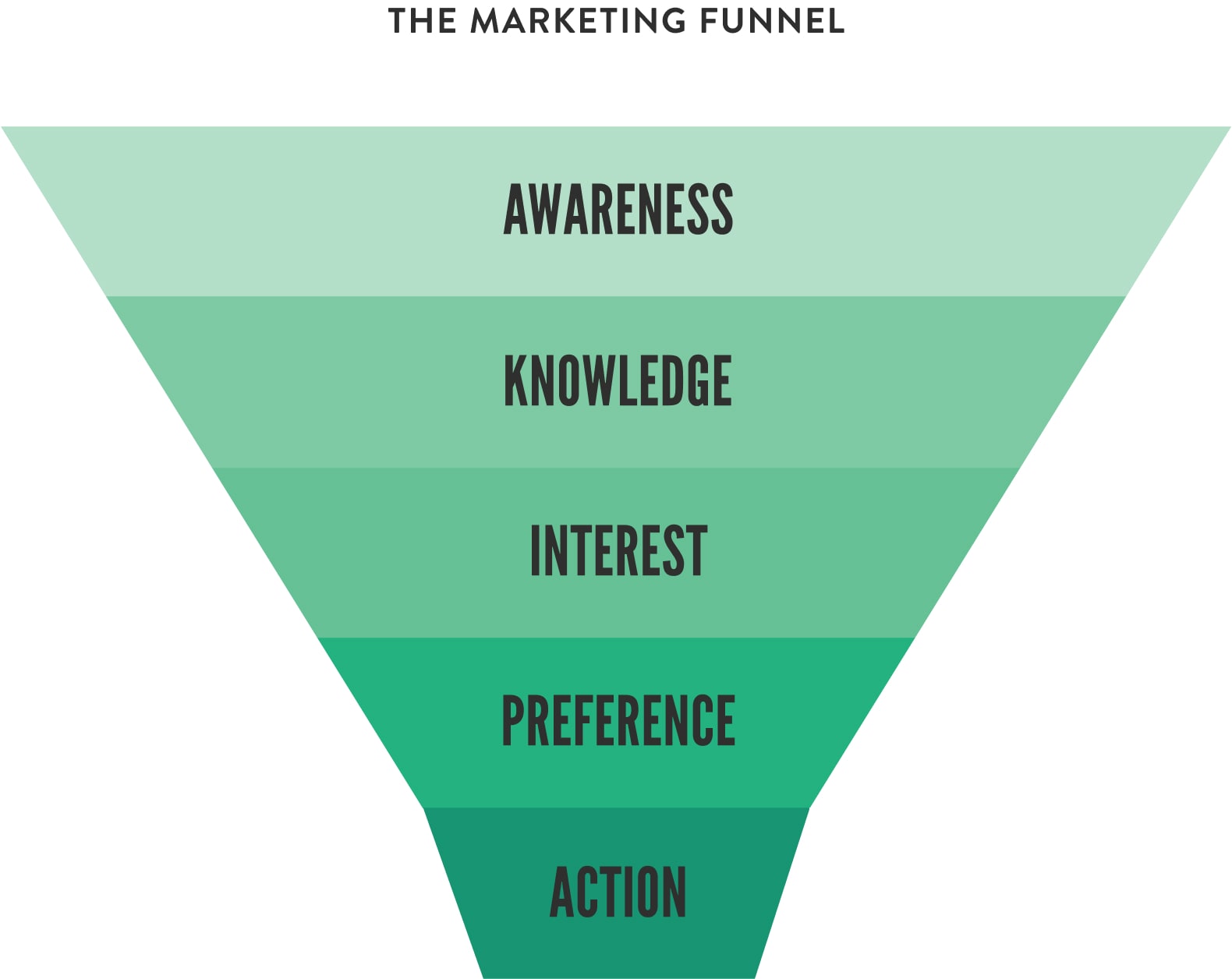Have you ever reported marketing results to your CEO or a board of directors just to have them ask, “So what?”
It’s hard to connect seemingly “intangible” marketing communications efforts to your organization’s very tangible bottom line. For instance, it may not be immediately obvious how impressions on social media impact sales, but this does not mean there isn’t value. You know this. We know this. So how do we prove it to everyone else?
First and foremost: Stop reporting. At least in the traditional sense of the word.
Reporting implies a checklist that serves as a status update. Instead, align your metrics with larger business strategies and focus on communicating how marketing tactics can better support the business’ main objectives.
How to Report With Context
There are three steps to providing company-wide context and better communicate the value of your marketing efforts. This is largely based on the Objective First Framework, a tool designed to ensure that all stakeholders are aligned on the execution and measurement of any given strategy.
1. Know your business goal
What is the business trying to accomplish and why? You have to answer these questions before you can do anything else. Once you have established business goals, you can develop SMARTER (specific, measurable, achievable, relevant, time-bound, evaluated, and revisited) objectives that tie directly into these company-wide goals.
2. Understand what success looks like
This involves defining success first and then identifying the key performance indicators (KPIs) that best measure that success. What you don’t want are vanity metrics – numbers that look good but do not help you understand your own marketing performance in a valuable way. To check if your key metrics hold water, ask yourself, “What strategic decision can we make using this metric?”
3. Align your metrics to the marketing funnel
Top-tier unique mentions, thought leadership share of voice percentage, customer acquisition cost, engagement rate – the problem with marketing KPIs is that they can sound like a foreign language to the uninitiated. At INK, we try to tell a story with our metrics. One way to do this is to connect metrics to audience behavior through the marketing funnel. The funnel translates marketing communications work into a common language and helps connects the dots between our work and the work of other departments.

We also recommend identifying both quantity and quality metrics to better tell your story. For example, total news coverage speaks to awareness quantity. But drilling down into coverage within priority publications speaks to the quality of that awareness. With these two metrics, you can tell the story of how you are maintaining general awareness while focusing on increasing awareness amongst your target audience to drive more qualified leads.
Use Reporting to Inform Strategy
Reporting is not just a summary of what happened, it is an iterative process that starts and ends with data. It ensures you are aligning with your internal stakeholders, tracking back to goals and metrics that matter, and analyzing your results in a transparent and meaningful way. Too many people see reporting as the end of the process, when in reality, ongoing marketing measurement should be used to continually optimize your strategy.

Let’s take a look at this in practice. In the example below, we clearly connect the objective to the larger business goal. We are specific about what success looks like, and we evaluate all results together to inform our strategy. And by following this process, we avoid the pitfall of celebrating vanity metrics and are able to make recommendations driven by measurable objectives.
Business Goal:
Increase revenue.
SMARTER Objective:
Support the revenue stream of the organization by increasing inbound qualified leads by 4% in Q1, accomplish this by increasing social media followers among the C-suite audience (increase awareness), driving views of C-suite landing pages (increase knowledge), and capturing leads through gated content downloads (increase interest). Evaluate follower campaign results, page views, and downloads on a monthly basis; revisit and adjust targeting, copy, and/or CTA as needed.
Metrics and Benchmarks:
Before setting these metrics and benchmarks, we analyzed year-over-year and average quarterly growth. Using this insight, we then established the below benchmarks for Q1 2019 program expectations:
- Increase social media followers by 8%
- Increase landing page views by 6%
- Increase lead capture through gated content downloads by 4%
Results:
Throughout Q1 we measured our progress-to-goal for our metrics above and opted to make adjustments to the landing page CTA to increase conversions. At the end of Q1, we found the following program results:
- Increased social media followers by 10%
- Increased landing page views by 4%
- Increased lead capture through gated content downloads by 3%
Analysis:
While we exceeded our social follower growth expectations, this did not translate to the 4% increase in lead capture we expected. This tells us that our followers are not targeted and/or the content on the landing page is not engaging viewers. The difference between increased landing page views and increased downloads is less, indicating that it is likely an issue on the social side.
Based on these insights, our recommendation would be to adjust social follower campaigns to better target the C-suite audience. After four weeks, reevaluate the same metrics to gauge if landing page views and gated downloads have increased.
Align with larger business goals, monitor progress, report with context, and aim to inform strategy. By following this framework to assess the success of our marketing campaigns, efforts, and strategy on an ongoing basis, we’re able to test concepts, pivot when needed, and eliminate guesswork.
And most importantly, we are able to answer that nagging question, “So what?”



